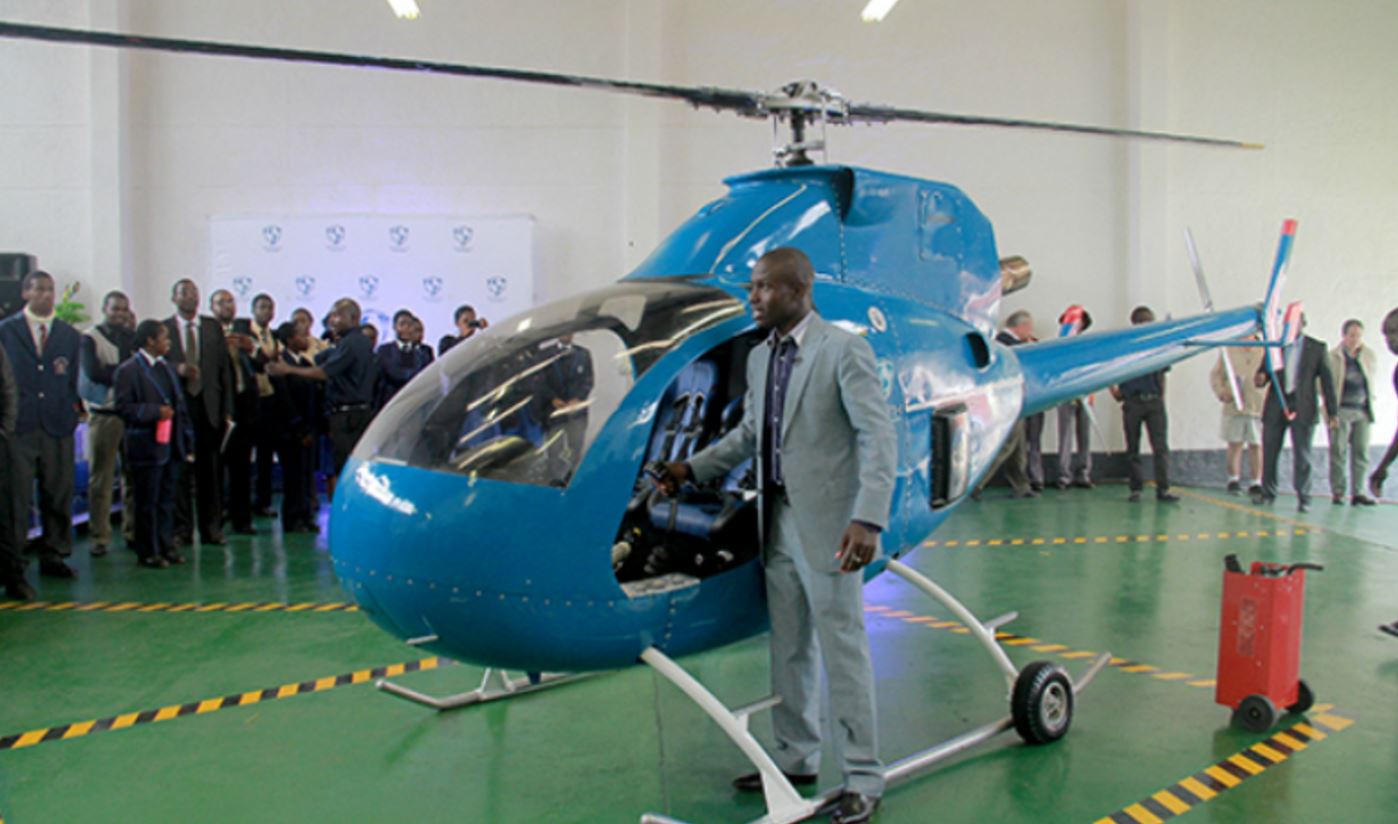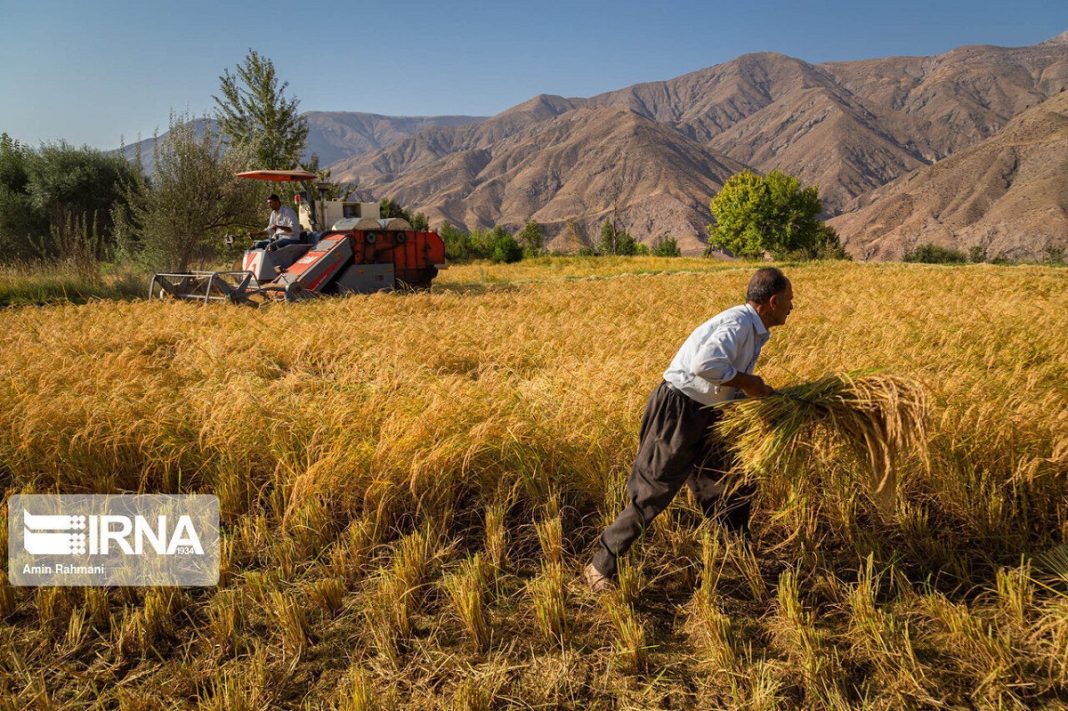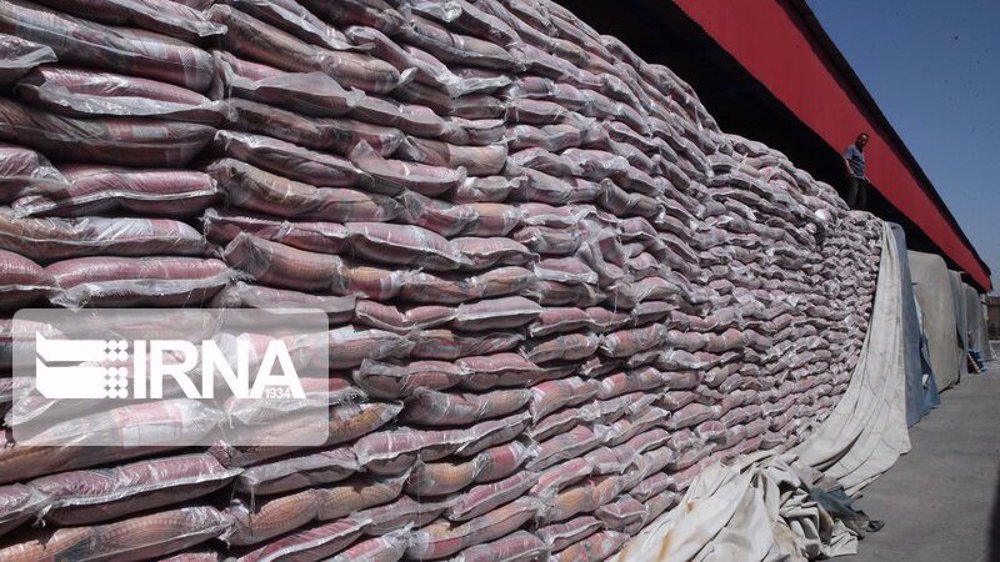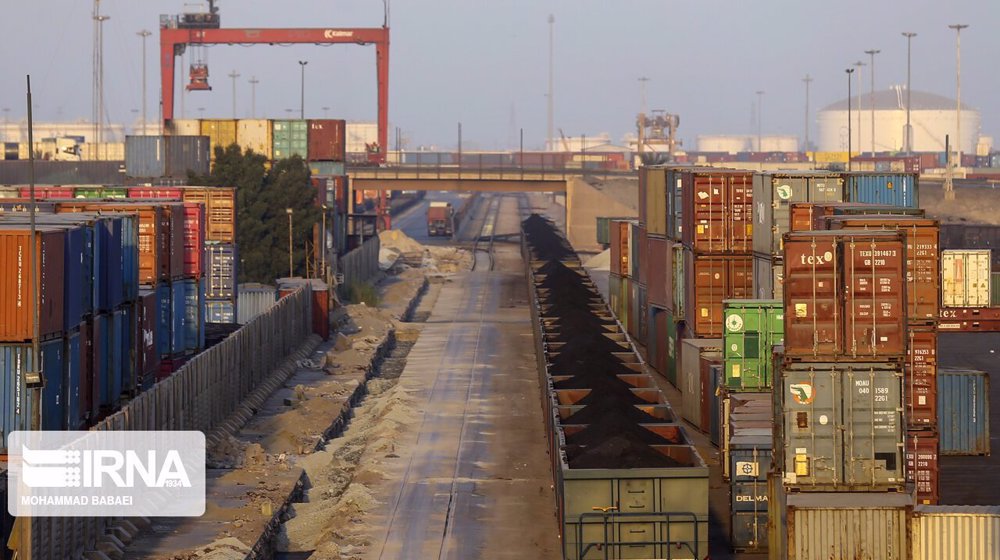4 Prong Plan of Iran to make the country self sufficient again in Wheat production for the next Iranian calendar year (excellent plans if implemented properly)

- 1- 58% increase in guaranteed price of wheat purchase to Iranian farmers
- 2- Cultivation plan (what is grown in where)
- 3- Incentives to implement "cultivation plan"
- 4- Contracts to plant by private investors and farmers at pre agreed prices
here is the report
4 برنامه کلیدی دولت در بخش کشاورزی/کشاورزان به خودکفایی گندم چشمک زدند
4 برنامه کلیدی دولت سیزدهم، امسال انگیزه گندمکاران را برای کشت بیشتر کرده و از همین الان نشانه های خودکفایی گندم در سال آینده ظاهر شده است.
به گزارش خبرنگار اقتصادی خبرگزاری فارس، فصل زراعی جدید آغاز شده و به دلیل برنامه های متنوعی که دولت از جمله نرخ تضمینی مناسبی که اعلام کرده، انگیزه کشت گندم بین کشاورزان بیشتر شده است و نوید بخش
خودکفایی در سال آینده است.
در سالهای پایانی دولت هشتم ایران در تولید گندم به خودکفایی رسید و جشن خودکفایی را برگزار کرد، اما این جشن چندان دوامی نداشت و طی سالهای دولت گذشته هر سال یک میلیون تن از تولید این محصول استراتژیک کاسته و به واردات آن اضافه میشد، به گونهای که در سال ۱۳۹۲ میزان واردات گندم به حدود هفت میلیون تن رسید. همه کارشناسان بر این باور بودند که خودکفایی که آن موقع حاصل شد به دلیل شرایط تکنیکی پایدار نبود و باید طرحی متفاوت پیاده شود.
این بار دولت سیزدهم به میدان آماده که هر طور که شده در این محصول استراتژیک و بسیار مهم در امنیت غذایی کشور را به خودکفایی پایدار برساند عزم خود را جزم کرده که با پیاده سازی تمام فاکتورهای لازم این مهم را به سرانجام برساند.
در این گزارش به برخی از اقداماتی که دولت سیزدهم برای تحقق خودکفایی در گندم و افزایش تولید سایر محصولات کشاورزی اجرا می کند را اشاره می کنیم.
*افزایش 58 درصدی نرخ خرید تضمینی گندم
دولت در گام نخست نرخ خرید تضمینی گندم را 58 درصد افزایش داد تا کشاورزان برای کشت این محصول ترغیب شوند، قیمت 13000 تومان تعیین شد تا کشاورز زمانی که درآمد این محصول را با بقیه می سنجد کفه ترازو همواره به سمت گندم سنگینی کند، دیگر نروند سراغ گوجه و خیار و دیگر محصولات آب بر که هم آب این مایع حیات بسیار ضروری و با ارزش را از هدر می دهند و هم آنچه به دست می آورند تاثیرش در امنیت غذایی کشور اندک است.
سید جواد ساداتی نژاد وزیر جهاد کشاورزی اظهار کرد: قیمت گندم در سال زراعی جدید 1401_1402، 11 هزار و 500 تومان اعلام شده و 1500 تومان یارانه کشت در نظر گرفته ایم که بخشی از
آن را به یارانه کود و بذر اختصاص می دهیم.
*اجرای الگوی کشت
در گام بعدی، دولت سیزدهم طرح الگوی کشت را اجرایی می کند قرار بود این طرح هفته گذشته با حضور مخبر معاون اول رئیس جمهور به تمام استان های کشور ابلاغ شود که به هفته آینده موکول شد.به اذعان کارشناسان اجرای این طرح تحول بزرگی را در تولید محصولات کشاورزی به ویژه در تولید محصولات اساسی مانند گندم ایجاد خواهد کرد.
این طرح می خواهد به کشاورزان بگوید که چه محصولی را در کدام منطقه بکارند ، دولت این کار را با پرداخت مشوق به کشاورزان عملی خواهد کرد.
دولت در این طرح تلاش می کند که سطح زیر کشت محصولات آب بر را به حداقل رسانده و کشت محصولات ضروری و اساسی مانند گندم،دانه روغنی، خوراک دام و طیور و محصولات صنعتی را افزایش دهد.
* تشویق و تنبیه در برنامه طرح الگوی کشت
دولت این طرح را با دو ابزار تنبیه و تشویق پی می گیرد هدف این است که بالاخره این طرحی موثر که بیش از 10 سال است در دولت های پیشین اجرایی نشده بلاخره اجرا شود.
مجری طرح گندم
وزارت جهاد کشاورزی گفت: از کشاورزانی حمایت میکنیم که الگوی کشت را رعایت میکنند و در قالب کشت قراردادی، نهادههای بذر، کود و سموم در اختیارشان قرار میدهیم و در انتهای تولید وجه آن را از کشاورزان اخذ میکنیم.
البته تشویق هم در کنار این کار است و قرار است در چارچوب اجرای الگوی کشت برای هر کیلوگرم گندم تولیدی 1500 تومان یارانه کشت به کشاورزان پرداخت می شود.
*انجام کشاورزی قراردادی در سطح 5.2 میلیون هکتار
اقدام بعدی دولت برنامه کشت قراردادی است که امسال کلید خورده و طی پنج سال آینده قرار است در 5.2 میلیون هکتار از اراضی کشاورزی کشور اجرایی شود.
مفهوم ساده کشت قراردادی این است که کشاورز با سرمایه گذار بخش خصوصی قرارداد میبندد با این مضمون که در طول مراحل کشت همه نهادهها و امکانات مورد نیاز کشاورز را تامین کند و در قبال آن کشاورز نیز محصول خود را به قیمتی که توافق کرده اند بفروشد البته دولت هم در این مسیر حامی کشاورز است تا این قراردادها به نتیجه برسد.
«سهراب سهرابی» سرپرست مجری طرح گندم، در اینباره میگوید: توسعه کشت قراردادی گندم از سیاستهای این وزارتخانه است، در سال زراعی جاری ۲۶۰ هزار هکتار از اراضی گندم کشور تحت کشت قراردادی قرار گرفت.
به گفته سرپرست مجری طرح گندم، استقبال کشاورزان از رویکرد کشاورزی قراردادی مطلوب ارزیابی شده و حدود ۱۵۲ هزار هکتار از کل سطح تحت پوشش مربوط به شرکت بازرگانی دولتی ایران است.
* طرح پایداری خودکفایی تولید گندم اجرا می شود
وزارت جهاد کشاورزی طرح پایداری خودکفایی تولید گندم در قالب الگوی کشت را نیز اجرا می کند، به گفته مجری طرح گندم با اجرای این طرح، گندم نانوایی، صنف و صنعت بالغ بر ۱۳.۵ تا ۱۴ میلیون تن تامین می شود، این همان خودکفایی در گندم است که کشور ما بیش از این هم نیاز ندارد.
وی اظهار داشت: بر اساس برنامه طراحی شده پیشبینی میکنیم سطح اراضی گندم آبی به حدود دو میلیون هکتار و اراضی دیم به بیش از ۴ میلیون هکتار برسد.
مجری طرح گندم وزارت جهاد کشاورزی افزود:طرح
جهش تولید در دیمزارها نیز امسال در سطح ۴.۲ میلیون هکتار پیش بینی شده که از این سطح ۲.۲ میلیون هکتار مربوط به گندم است، با اجرای این طرح سطح کشت دیم امسال 500 هزار هکتار اضافه می شود.
خودکفایی گندم در سال آینده دور از دسترس نیست و اگر این برنامه ها به درستی اجرا شود، برای نخستین بار می توان خودکفایی پایدار را در این محصول نظاره گر بود، مفهوم آن این است که از واردات 7میلیون تن که سال گذشته داشتیم بی نیاز می شویم که به رقم داخلی 83 هزار میلیارد تومان می شود اما اگر وارد کنیم رقم خیلی بیشتر می شود،ضمن اینکه عدم وابستگی به نان به کشورهای خارجی، قدرت عجیبی به کشور در چانه زنی های سیاسی خواهد بخشید.

 , kind you kindly pin this thread?
, kind you kindly pin this thread?












